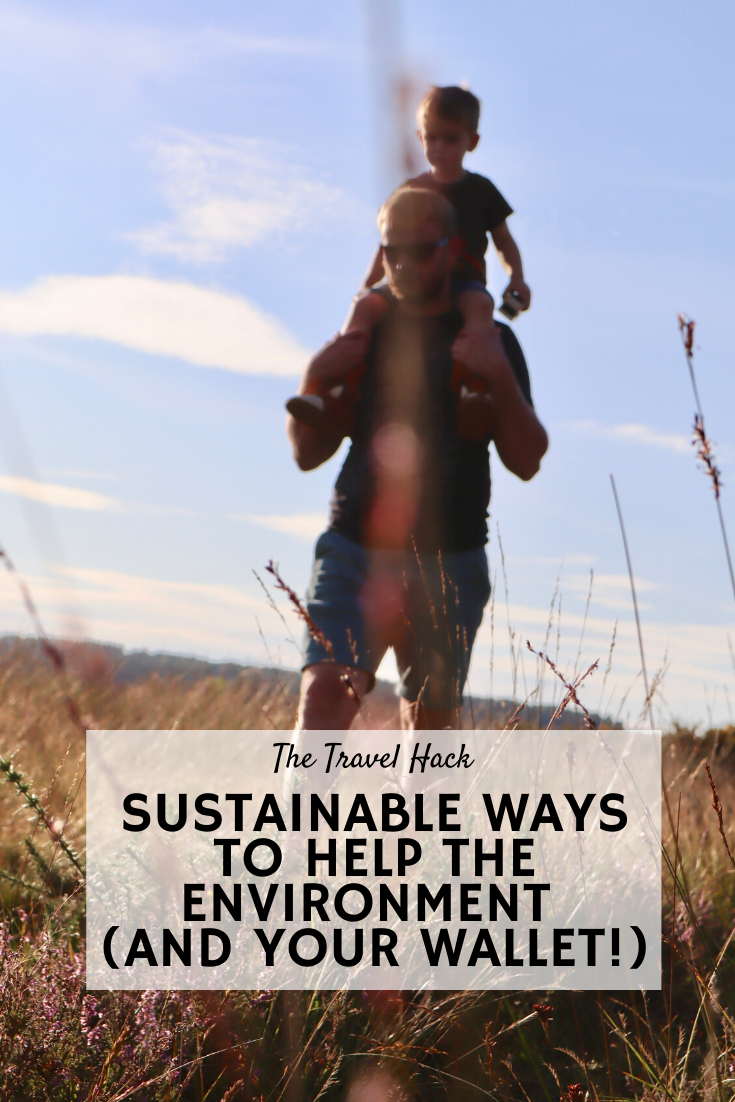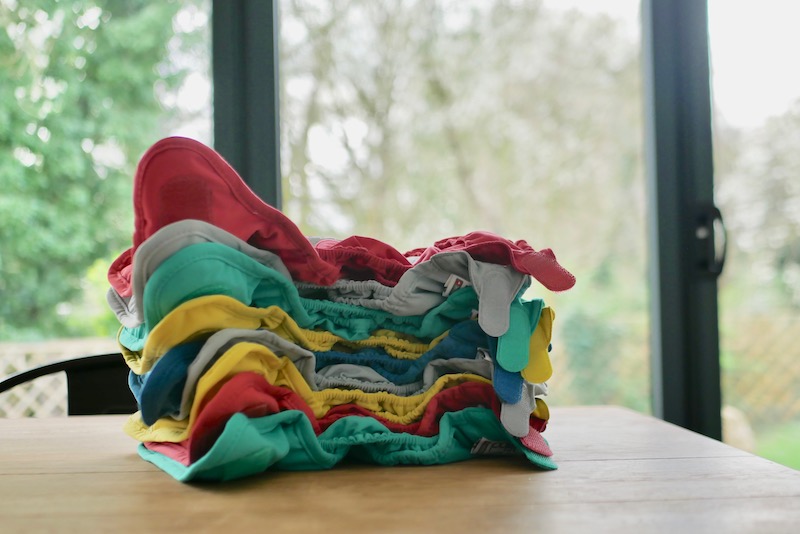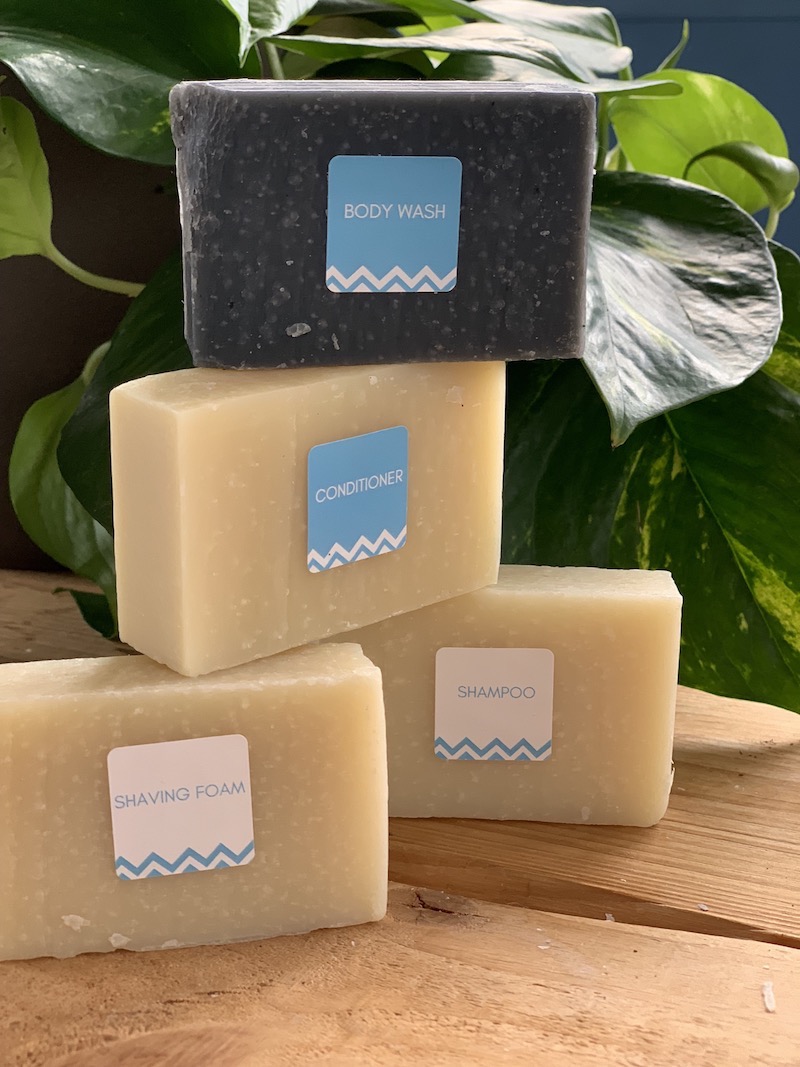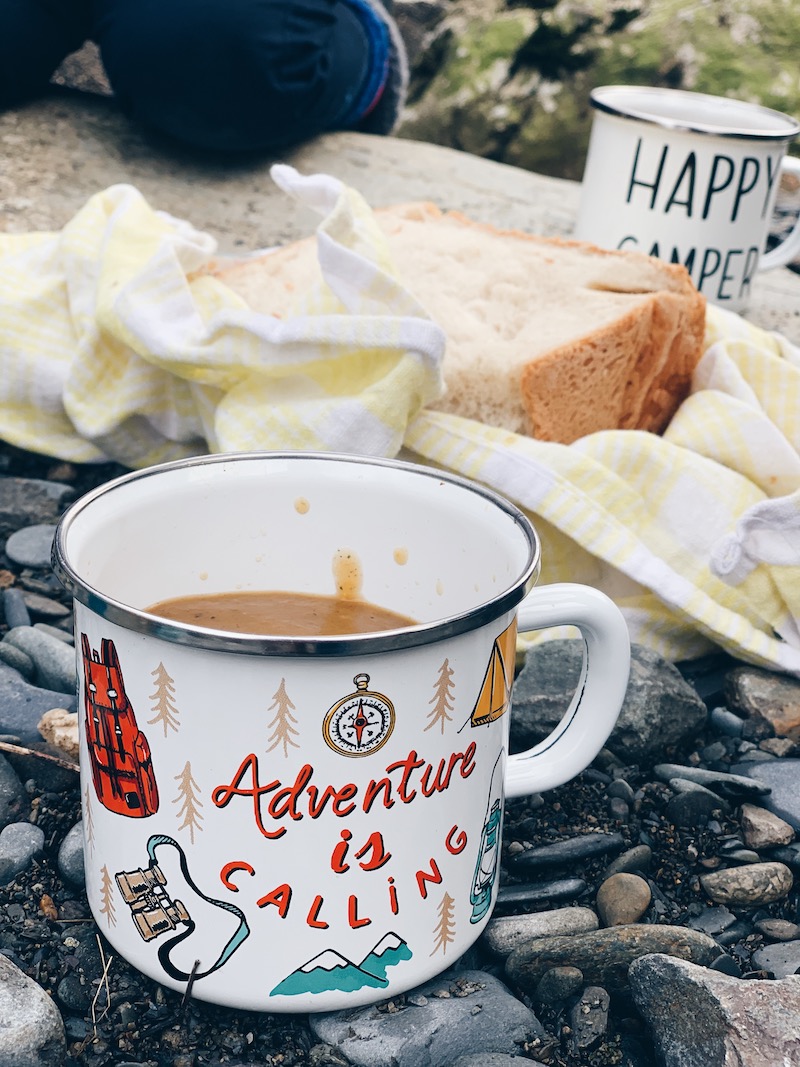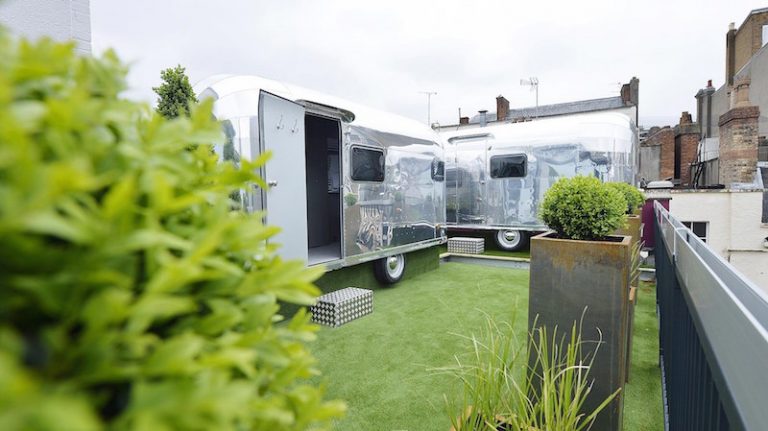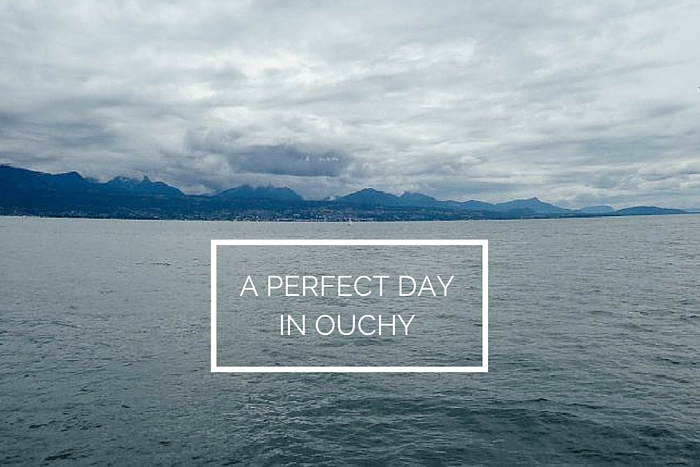In these crazy times, I feel that now more than ever, we need to be thinking about simple ways to save money, save the environment and buy things that are more sustainable. I’m sure that once this crazy pandemic is over we’ll see a massive shift in our routines and habits as Coronavirus is making us realise what’s really important – our health, our loved ones and our planet.
So today I’d like to share some simple sustainable swaps that will help you save money (because every penny counts right now!) and help the environment. This post isn’t about buying a reusable coffee cup or swapping your clingfilm for beeswax sheets, it’s about real ways to change your mindset and become more sustainable in the long run.
If this is an area you’re interested in (and you’d like to watch something other than the news right now!) then I highly recommend watching Stacey Dooley’s documentary Fashion’s Dirty Secrets on BBC iPlayer.
Here are my ideas to be more sustainable…
Buy things that are made to last
I think this is one of the most important ways to become more sustainable and it’s something most people don’t mention. Many of the sustainability bloggers I follow simply recommend buying nothing, and if you do buy something, make sure it’s second hand.
If you can buy second hand then that’s great, but an alternative is to buy things that will last.
Forget about fast fashion and cheap furniture and opt for quality items that won’t need to be replaced every season.
I had a press release a few weeks ago saying the average 18-24 year old buys 968 new items of clothes per year! Nearly 1,000 items per year! That’s 2.7 new items of clothing every single day. I’m guessing many of those clothes are worn once or twice before they’re thrown away or sent to the charity shop.
And you can see how it happens. You can pick up a t-shirt in Primark for £2. Who cares if it only lasts three washes, you can chuck it once it looks old. Right?
Or when someone mentions something you might like, you can order it in seconds via Amazon with next day delivery. You don’t need to spend a day thinking about whether or not to buy it or waste any time travelling to the shops (which sometimes makes you realise you don’t want it after all if you can’t be bothered to make a 15 minute journey to buy it!) Just one click and it’s yours.
It’s about time we stop buying cheap, disposable goods and start consciously thinking about our purchases. Spend some time researching it and buy the best you can afford. It might be a big expense to begin with but you’ll save money in the long run.
The challenge: If you’re serious about cutting fast fashion and disposable products out of your life, I challenge you to a complete buying ban. Don’t buy anything new for 6-8 weeks and you’ll suddenly realise how much you buy that you really don’t need. I have a rule that if I’m still thinking about a product 6 weeks later then I really want it and I’ll research the best thing to buy! But 9/10 I’ve forgotten about the product completely and don’t buy it.
Circular fashion and sustainable fashion brands
If you’re looking for ethically sourced fashion then it’s an absolute minefield out there, but some brands are doing their part to become as sustainable as possible.
GANT has a fantastic sustainability plan which involves reducing water use in manufacturing and aiming to have 100% of their key materials to be sustainably sourced by 2025. And one of their main aims, and something I think will make the biggest difference, is to create classic clothing that never goes out of style so can be worn for years and passed along.
It’s all about circular fashion and educating shoppers on how to take care of their clothing so it lasts as long as possible. GANT has introduced The 7 Rules by GANT which includes Rent, Reuse, Refresh, Remake, Repair, Regive and Recycle. I love these rules and it’s so refreshing to see a brand that aren’t pushing the ‘buy, buy, buy’ message but are opting for a more sustainable motto.
The challenge: Research the fashion brands you’re buying from, look for classic styles, care for your clothes and repair items when they’re damaged or need a refresh.
Buy reusable rather than disposable
There are so many items we can buy that are reusable rather than disposable such as:
- Nappies
- Sanitary items
- Tissue packs
- Cleaning items like wipes/cloths
- Razors
- Carrier bags
- Coffee cups
- Food packaging
Yes, the reusable items are more expensive to buy but they last so much longer and save you money in the long run.
I get a lot of questions about reusable nappies, which we use for Alba. I will write a whole post dedicated to cloth nappies but here’s a bit of info…
Reusable nappies can be a fairly big initial expense but in the long run they’ll save you money – and save a hell of a lot of nappies from going into the landfill! And due to the current Coronavirus pandemic it isn’t easy to find nappies in the right size. I went to three supermarkets yesterday and the nappy shelves were empty so I’m very glad to have reusables!
I was a bit intimidated by reusable nappies at first. I didn’t know where to start and they seemed really complicated in comparison to a simple pack of Pampers. But now I’m using them I really wish I’d started sooner.
I have the pop-in reusable nappies from Close Parent. They’re made from recycled plastic bottles so it’s a double win for the environment. These are suitable from birth* until your child is ready for potty training so you will save a lot of money as a box of 10 is currently £186.
*I would definitely buy the newborn nappies for little babies. My three babies were all small and the regular size would have been enormous on them.
Solid soaps and shampoos
Solid shampoos have come a very long way and if you tried them in the past and hate them, I beg you to try them again. Lush is a great place to start if you’re new to solid toiletries as they have a great range and also have very helpful, friendly staff (who aren’t too pushy!)
It’s worth remembering that your hair does feel a bit different after using solid shampoo bars. Mine isn’t as soft but it does have a lot more volume and texture!
And if you don’t fancy solid shampoos then simply swapping to a good old fashioned bar of soap to wash your hands is a very simple and affordable swap. I’m not even sure why or when we all swapped to liquid soap but you can’t beat a bar of Dove soap which comes without any plastic packaging, lasts ages and is cheap as chips!
The Challenge: Start buying bars of soap again and give a solid shampoo a go.
I’m not going to lie, using solid shampoo isn’t going to save the world but there’s something about starting your day with a solid soap and a gentle reminder to be kind to the planet and try to avoid using unnecessary plastic.
Reduce your consumption of animal produce
I don’t think the whole world needs to go vegan but it’s undeniable that the production of meat and dairy products has a huge environmental impact. We don’t need to cut it out completely but cutting down would have a huge impact.
I have another new post about this coming soon as we’ve massively cut down on the amount of animal products we eat at home so I’ll be sharing some tips for anyone else who is interested in an (almost) plant-based diet. I feel much healthier, we have a lot of fun cooking new recipes and we’re also saving a lot on our weekly food shop because we’re not buying as much meat.
Slow down + do things the old fashioned way
I could recommend all the fancy reusable cups, packaging, tupperware etc but I’m sure you’ve seen them all before and probably have half of them at the back of your cupboards. If you haven’t, there’s a great post here with lots of great plastic-free alternatives!
I think the best piece of advice I could give is simply to slow down and do things the old fashioned way. Do things like your grandparents did and I’m sure it’s much more sustainable.
Last year I did a plastic-free challenge and vowed to not use any plastic for a whole month. I almost succeeded but the thing I really learned was that you need to slow down to be sustainable and it really does help to do things the old fashioned way.
During my plastic-free month I found that our family slowed down a lot. We made homemade soup, bread and cakes and cooked everything from scratch. We’d put our soup into a flask and go for a long walk and have a picnic by the river. Suddenly, lunch went from a 20 minute job to a full day affair and it was wonderful.
I stopped shopping online and instead went to the local market to pick up all our fresh produce – supporting local small businesses as well as reducing plastic waste and saving a bit of money too!
I know doing things slowly goes against everything we’re led to believe right now. We’re taught that busy is better and it’s somehow lazy if we’re not constantly on the go. But for me, slowing down has been good for my mental health, good for my wallet, good for my family and good for the environment.
